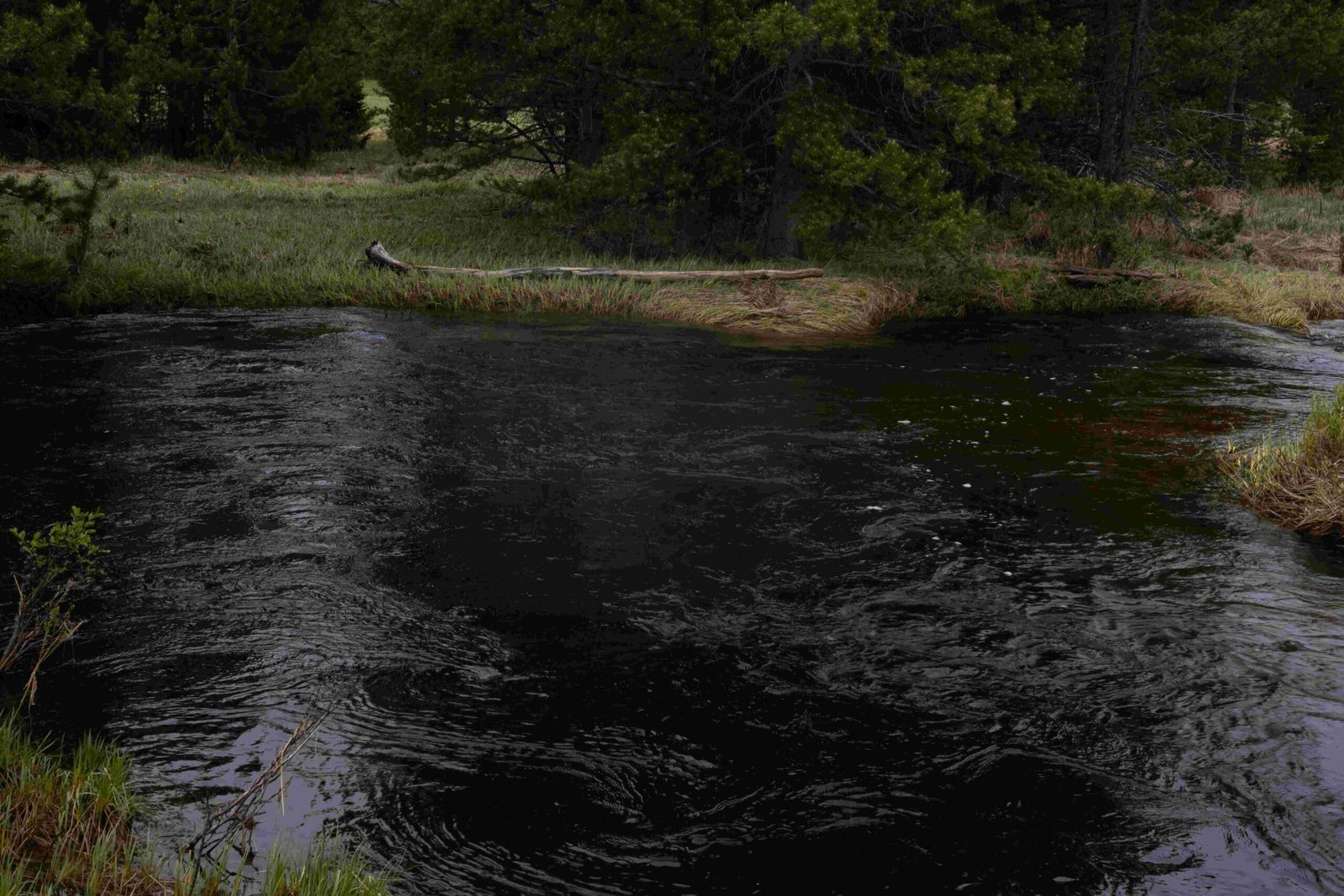Battle Mountain in Rocky Mountain National Park offers an exhilarating 8-mile traverse with stunning alpine views. Located near the iconic Longs Peak, this moderate hike gains 2,700 feet in elevation, reaching a summit of 12,044 feet. The trail provides hikers with panoramic vistas of surrounding peaks, diverse wildlife encounters, and a challenging yet rewarding mountain experience. Accessible from the Longs Peak Ranger Station, Battle Mountain showcases the raw beauty of the Colorado Rockies.
What Are the Key Features of Battle Mountain Trail?

The Battle Mountain Traverse in Rocky Mountain National Park is a captivating hiking experience that offers:
- Trail Length: 8 miles round trip
- Difficulty: Moderate B classification
- Elevation Gain: Approximately 2,700 feet
- Summit Elevation: 12,044 feet
- Starting Point: Longs Peak Ranger Station
This trail provides hikers with a diverse landscape, transitioning from forested areas to open tundra, culminating in breathtaking alpine views.
How Do I Access the Battle Mountain Trailhead?

Reaching the Battle Mountain trailhead involves:
- Driving to the Longs Peak Ranger Station
- Following the historic East Longs Peak Trail
- Navigating 8.9 miles south from Estes Park
Parking is available at the Longs Peak Trailhead, but hikers should note:
- National Park Entrance Fees are required
- No specific shuttle services are mentioned for this trail
- Road conditions can vary, especially in winter
What Views Can I Expect from Battle Mountain Summit?
The summit of Battle Mountain offers spectacular vistas, including:
- The imposing East Face of Longs Peak
- The massive silhouette of Mount Meeker
- Point 11909 and Estes Cone
- Expansive views of the surrounding tundra and alpine landscape
A notable stop along the route is Point 11408, which provides outstanding panoramic views of the area.
When Is the Best Time to Hike Battle Mountain?
While Battle Mountain is accessible year-round, the optimal hiking conditions vary:
| Season | Conditions | Considerations |
|---|---|---|
| Summer | Ideal | Best overall weather, most accessible |
| Fall | Good | Potential for early snow, cooler temperatures |
| Winter | Challenging | Deep snow, harsh conditions, snowshoe recommended |
| Spring | Variable | Melting snow, potential for muddy trails |
Summer offers the most favorable conditions, but experienced hikers may enjoy the solitude and unique challenges of a winter ascent.
What Wildlife Might I Encounter on Battle Mountain?
While specific wildlife sightings on Battle Mountain are not detailed, Rocky Mountain National Park is home to diverse fauna. Hikers may encounter:
- Elk: Often seen in meadows, especially during fall rutting season
- Moose: Typically found near water sources
- Bighorn Sheep: Frequent rocky, mountainous terrain
- Marmots: Common in alpine and subalpine areas
- Various bird species: Including raptors and alpine-dwelling birds
It’s important to maintain a safe distance from wildlife and follow park guidelines for animal encounters.
How Should I Prepare for a Battle Mountain Hike?
Proper preparation is crucial for a safe and enjoyable Battle Mountain hike:
- Check weather forecasts and trail conditions before departing
- Bring appropriate gear:
- Sturdy hiking boots
- Layered clothing for changing temperatures
- Sun protection (hat, sunscreen, sunglasses)
- Plenty of water and high-energy snacks
- Inform someone of your hiking plans
- Carry a map and compass or GPS device
- Be prepared for rapid weather changes, especially at higher elevations
What Are the Unique Challenges of Battle Mountain?
Battle Mountain presents several challenges that hikers should be aware of:
- Significant elevation gain (2,700 feet) over a relatively short distance
- Exposure to alpine conditions above treeline
- Potential for sudden weather changes
- Limited shelter options at higher elevations
- Thin air and potential for altitude sickness
Hikers should assess their fitness level and acclimatize to the altitude before attempting this trail.
How Does Battle Mountain Compare to Other Trails in Rocky Mountain National Park?
Battle Mountain offers a unique experience compared to other park trails:
- Less crowded than popular routes like Longs Peak
- Provides similar alpine views without extreme technical challenges
- Offers a good balance of difficulty and scenic rewards
- Serves as an excellent training hike for more demanding routes
Its proximity to Longs Peak allows hikers to experience the area’s grandeur without the intense crowds or technical climbing requirements.
What Conservation Efforts Are in Place for Battle Mountain?
Rocky Mountain National Park implements various conservation measures that include Battle Mountain:
- Trail maintenance to prevent erosion and protect alpine vegetation
- Wildlife protection programs to maintain natural habitats
- Visitor education on Leave No Trace principles
- Monitoring of environmental impacts from hiking activities
Hikers are encouraged to participate in conservation by adhering to park rules and minimizing their impact on the fragile alpine ecosystem.
By exploring Battle Mountain in Rocky Mountain National Park, hikers can experience a challenging yet accessible alpine adventure, witness breathtaking mountain vistas, and connect with the raw beauty of the Colorado Rockies. Whether you’re a seasoned mountaineer or an enthusiastic day hiker, Battle Mountain offers a memorable journey through one of America’s most iconic national parks.
References:
1. Battle Mountain Traverse — The Colorado Mountain Club
2. Suggested Hikes – Rocky Mountain National Park (U.S. National Park Service)
3. Hike to Battle Mountain in Rocky Mountain National Park

